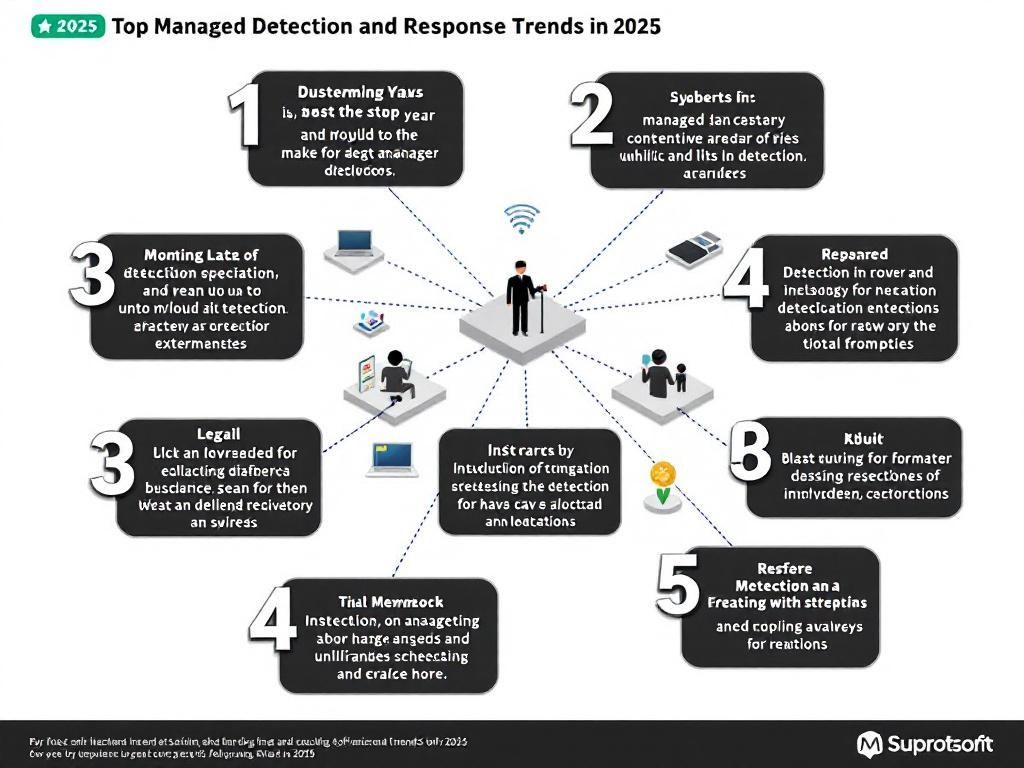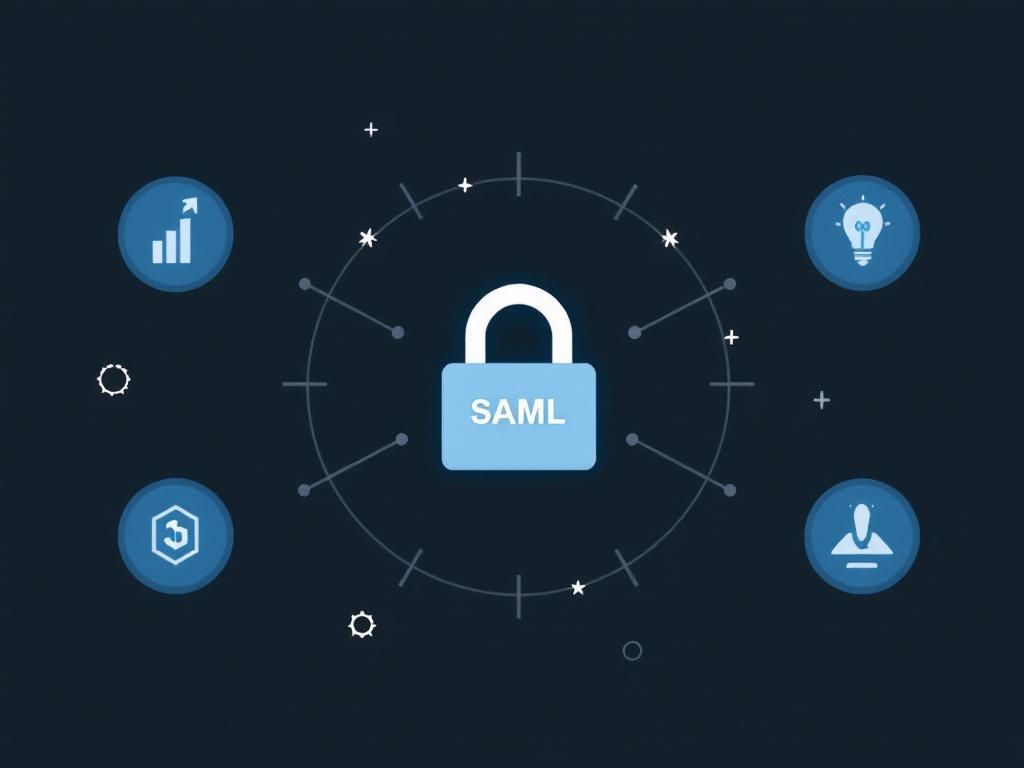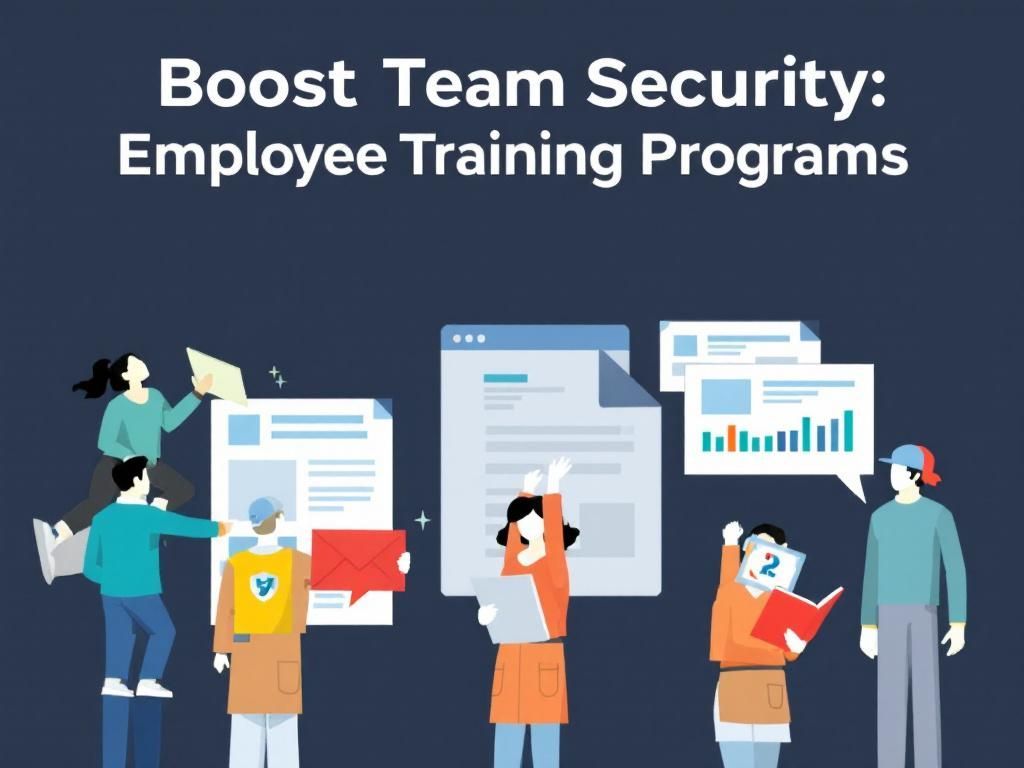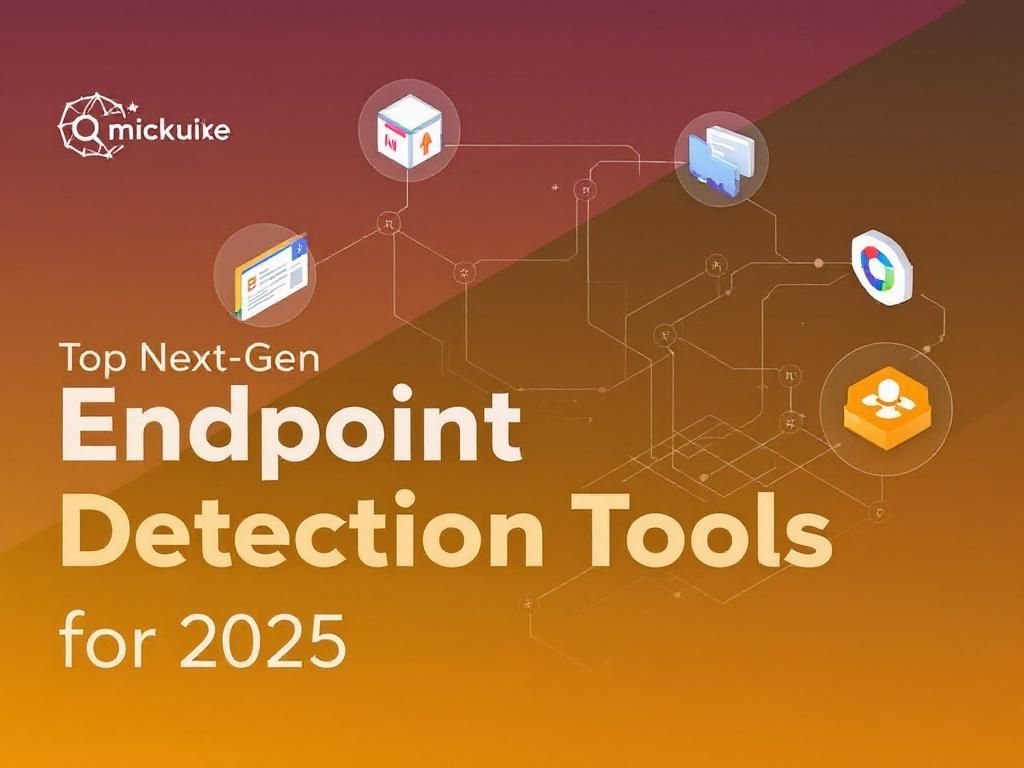Enhance Security with SOC Threat Monitoring
Discover how SOC threat monitoring can elevate your organization's security posture and protect against evolving cyber threats.
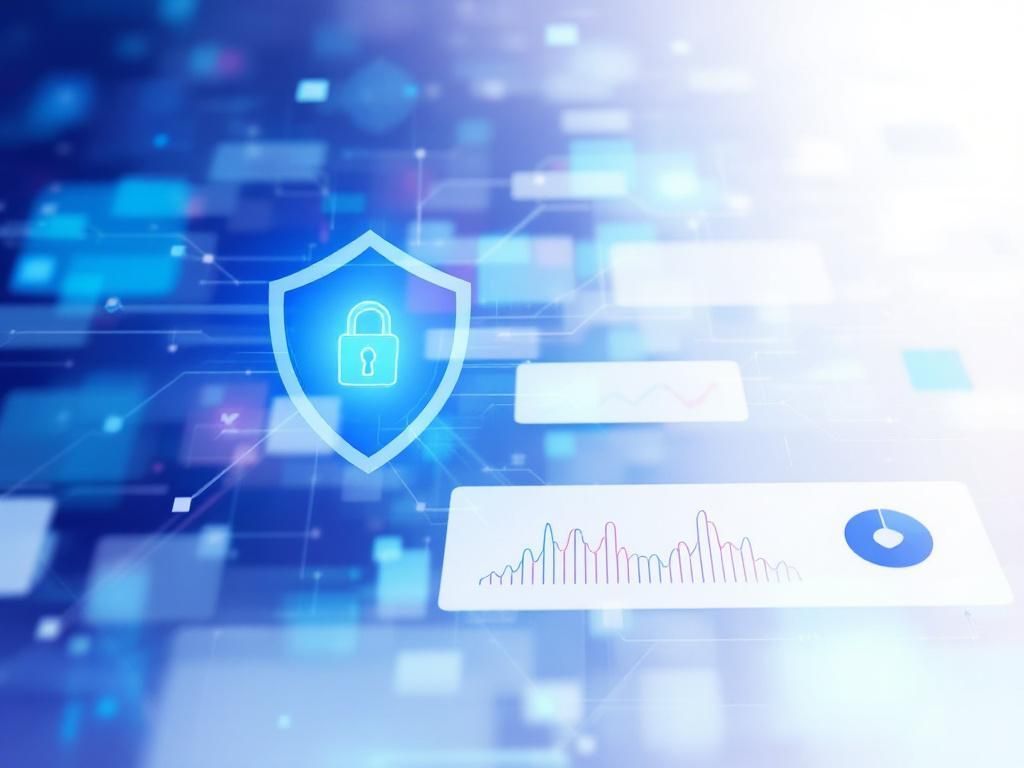
In today’s digital landscape, organizations face an ever-evolving threat landscape. Cyberattacks are becoming more sophisticated, and as a result, the need for robust security measures has reached unprecedented levels. One of the most effective ways to enhance security is through Security Operations Center (SOC) threat monitoring. This article delves into the importance of SOC threat monitoring, its components, and best practices that organizations can adopt to stay ahead of potential threats.
Table of Contents
Understanding SOC Threat Monitoring
Security Operations Centers (SOCs) are dedicated teams within organizations that monitor, detect, respond to, and prevent cybersecurity incidents. SOC threat monitoring involves the continuous surveillance of networks and endpoints to identify malicious activities and potential breaches.
Key Functions of SOC Threat Monitoring
The primary functions of SOC threat monitoring include:
- Real-time Monitoring: Continuous observation of systems to detect anomalies.
- Incident Response: Quick response to identified threats to mitigate damage.
- Threat Intelligence: Gathering and analyzing data on threats to predict and prevent future attacks.
- Vulnerability Management: Regularly assessing systems for weaknesses and addressing them proactively.
- Compliance Management: Ensuring adherence to industry standards and regulations.
The Importance of SOC Threat Monitoring
Implementing SOC threat monitoring is essential for several reasons:
1. Proactive Threat Detection
SOC teams use advanced tools and techniques to detect threats before they can cause significant damage. By employing machine learning and behavioral analytics, they can identify patterns that indicate potential threats.
2. Reduced Response Time
With a dedicated SOC team, organizations can respond to threats in real-time. This rapid response capability minimizes the impact of an incident and protects sensitive data.
3. Enhanced Visibility
SOCs provide organizations with comprehensive visibility into their network activity. This visibility enables better decision-making and resource allocation.
4. Effective Resource Management
By centralizing security efforts, SOCs allow organizations to manage their resources more effectively, ensuring that the right people and tools are utilized.
Components of an Effective SOC
A well-functioning SOC is built on several key components:
1. People
The effectiveness of a SOC largely depends on its personnel. A diverse team comprising analysts, incident responders, and threat hunters is essential for effective monitoring and response.
2. Processes
Establishing clear processes and protocols for threat detection, incident response, and communication is crucial. These processes should be regularly reviewed and updated based on evolving threats.
3. Technology
A variety of tools and technologies are employed in a SOC to enhance monitoring capabilities:
| Technology | Description |
|---|---|
| SIEM | Security Information and Event Management systems aggregate and analyze security data. |
| IDS/IPS | Intrusion Detection and Prevention Systems monitor network traffic for suspicious activities. |
| SOAR | Security Orchestration, Automation and Response tools streamline security operations. |
4. Data
Data is the lifeblood of a SOC. Collecting extensive data from various sources (logs, applications, and user activities) is essential for effective threat detection.
Best Practices for Enhancing SOC Threat Monitoring
To maximize the effectiveness of SOC threat monitoring, organizations should implement the following best practices:
1. Continuous Training and Development
Cybersecurity is an ever-changing field. Providing ongoing training and professional development opportunities for SOC staff is essential to keep them updated on the latest threats and technologies.
2. Leverage Automation
Automation can significantly enhance efficiency within a SOC. Automating routine tasks allows analysts to focus on more complex threats, improving the overall effectiveness of the security team.
3. Collaboration and Information Sharing
Engaging with other organizations and sharing threat intelligence can provide valuable insights and help improve threat detection capabilities.
4. Regular Assessments and Updates
Regularly assessing the SOC’s performance and updating its processes and technologies ensures it remains effective against new and emerging threats.
5. Establish Clear KPIs
Measuring the effectiveness of SOC operations is crucial. Establishing Key Performance Indicators (KPIs) can help track performance and identify areas for improvement.
Challenges Faced by SOCs
Despite their importance, SOCs face several challenges:
1. Talent Shortage
There is a significant shortage of skilled cybersecurity professionals, making it difficult for organizations to find qualified personnel for their SOCs.
2. Increasing Complexity of Threats
As cyber threats become more complex, SOCs must continually adapt their strategies and tools to keep pace.
3. Resource Limitations
Many organizations struggle with limited budgets and resources, which can hinder the effectiveness of their SOC.
4. Alert Fatigue
With the vast number of alerts generated by security tools, analysts may become overwhelmed, leading to important threats being overlooked.
Conclusion
Enhancing security through SOC threat monitoring is not merely an option but a necessity in the digital era. By implementing a robust SOC strategy, organizations can significantly reduce their risk of data breaches and other cyber incidents. The key lies in investing in skilled personnel, advanced tools, and effective processes to create a proactive security posture that can adapt to the dynamic threat landscape.
FAQ
What is SOC Threat Monitoring?
SOC Threat Monitoring refers to the continuous surveillance and analysis of security events and incidents within an organization’s IT environment, conducted by a Security Operations Center (SOC) team.
How does SOC Threat Monitoring enhance security?
SOC Threat Monitoring enhances security by providing real-time threat detection, incident response, and proactive measures to mitigate risks, ensuring that potential security breaches are identified and addressed promptly.
What types of threats can SOC Monitoring detect?
SOC Monitoring can detect various types of threats, including malware, phishing attacks, insider threats, and advanced persistent threats (APTs), allowing organizations to respond effectively to different security challenges.
What tools are used in SOC Threat Monitoring?
SOC Threat Monitoring uses a variety of tools, including Security Information and Event Management (SIEM) systems, intrusion detection systems (IDS), and threat intelligence platforms to monitor and analyze security data.
Why is real-time monitoring important for cybersecurity?
Real-time monitoring is crucial for cybersecurity as it enables organizations to quickly identify and respond to threats, minimizing potential damage and ensuring the integrity of sensitive data.
How can organizations implement SOC Threat Monitoring?
Organizations can implement SOC Threat Monitoring by establishing an in-house SOC team, outsourcing to a managed security service provider (MSSP), or utilizing cloud-based security solutions that offer 24/7 monitoring capabilities.

